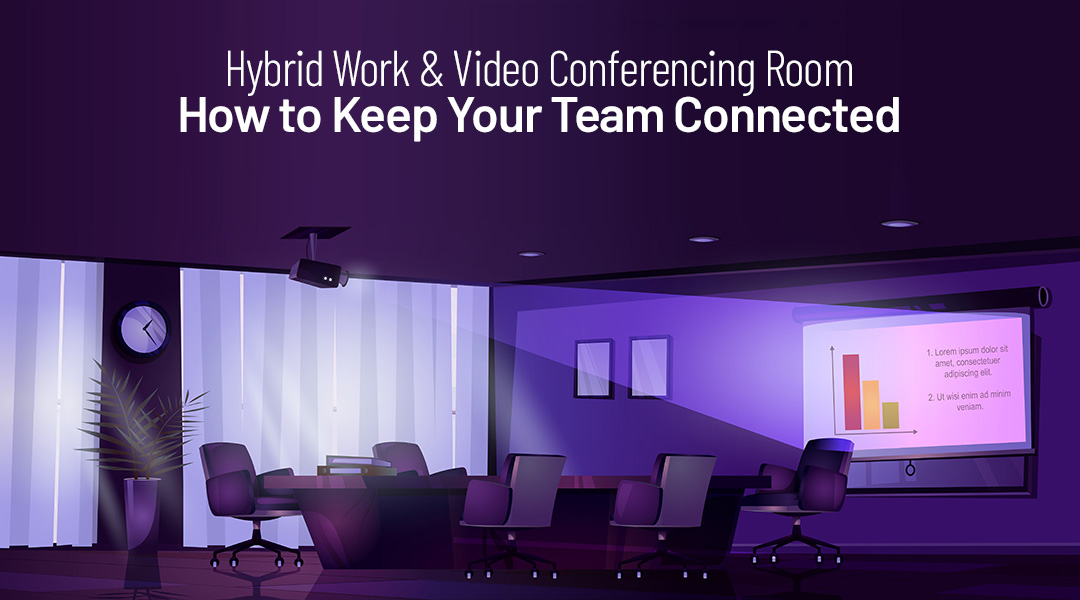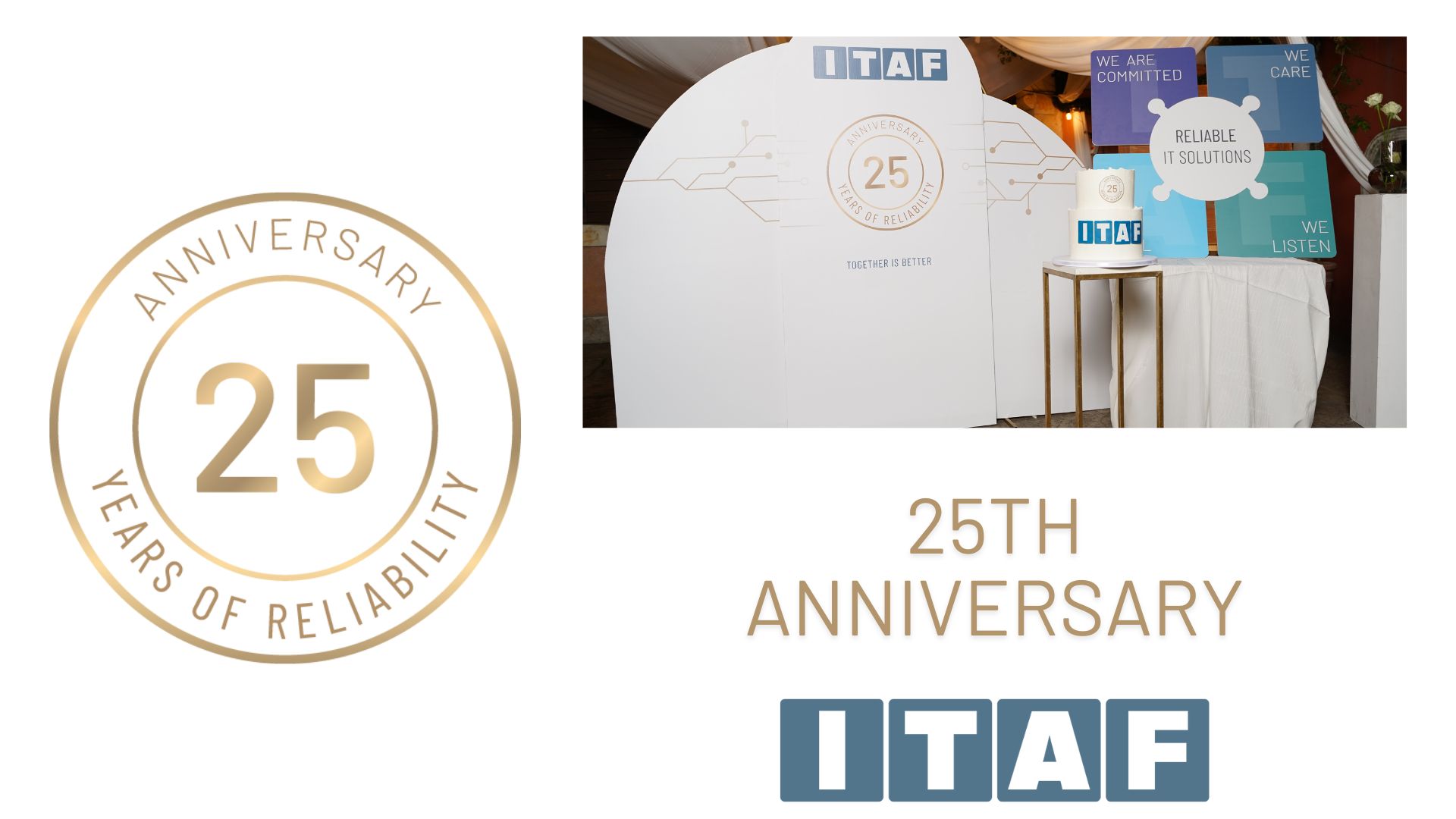For SMEs, embracing sustainable practices can lead to significant financial benefits and enhance brand reputation. By integrating IT innovations, businesses can reduce operational costs, minimize their environmental footprint, and stay ahead of regulatory requirements. Leveraging technology for sustainability not only helps protect our planet but also drives efficiency, attracts eco-conscious customers, and creates a resilient business model for the future.
1. Embracing circularity through sustainable practices
Responsible entrepreneurship is becoming the standard. Embracing circularity not only benefits the environment but also offers significant business advantages. By rethinking what you consider waste, you can uncover hidden value in your IT assets. Refurbished equipment can be repurposed, and sustainable practices, such as hybrid working, are IT innovations that can lead to substantial cost savings.
2. Embrace Hybrid work for Financial Gains
Hybrid work involves allowing employees to split their time between remote and on-site work. This approach can reduce office space costs, lower energy consumption, and increase employee satisfaction. To switch to hybrid work, businesses need reliable communication tools, secure remote access, and effective collaboration platforms. Investing in these technologies can improve productivity and attract top talent.
3. Standardization Over Customization: Efficiency and Security
Custom solutions can be costly, inefficient, and risky. Standardization allows you to outsource the basic infrastructure and focus on user experience and application integration. Standardizing your IT infrastructure involves adopting widely used, proven solutions rather than developing custom ones. This can reduce costs, improve reliability, and enhance security.
Key areas to standardize include operating systems, office productivity software, and cybersecurity measures. By adopting industry-standard solutions, businesses can ensure compatibility, streamline maintenance, and simplify training for staff.
4. Empower Your Team with Microsoft 365 and AI Innovations
As technology advances, staying current with the latest tools is crucial. Microsoft 365 offers a suite of productivity tools that enhance collaboration and efficiency. Additionally, the introduction of Microsoft 365 Copilot, an AI-powered assistant, can transform how your team works by automating repetitive tasks and providing intelligent insights.
Adopting Microsoft 365 means providing your team with tools like Teams, OneDrive, and SharePoint, which facilitate seamless communication and collaboration. Integrating AI tools like Copilot can further streamline workflows, boost productivity, and enhance decision-making capabilities.
5. Attracting New Talent with the Right IT Hardware
As Gen Z enters the workforce, their expectations impact the technology companies use. Young professionals seek freedom in their hardware choices and flexible working conditions. Organizations must facilitate this without incurring significant costs, ensuring both Apple and Windows users can work efficiently. Modern, flexible working methods are not only appealing to talent but also sustainable.
To attract new talent, businesses should offer flexible work environments, provide a choice of hardware, and ensure robust remote working solutions. This involves investing in cross-platform software and ensuring seamless integration of different operating systems.
6. The Growing Role of IT Services
IT services now range from deploying simple hardware and software to managing entire IT infrastructures through managed services. SMEs, often with smaller IT teams, are increasingly turning to specialists to handle their IT needs. This shift from capex to opex provides predictable monthly IT costs and operational benefits.
Managed IT providers offer comprehensive services, including infrastructure management, cybersecurity, and cloud services. They can help businesses scale their IT resources, maintain high levels of security, and ensure uptime. This allows SMEs to focus on their core operations while benefiting from expert IT management.
7. Outsourcing Security to Specialists
Security is becoming more complex, requiring specialized knowledge to protect different elements of your infrastructure. Outsourcing security to a team of specialists ensures that all aspects are up-to-date and secure. This approach is more efficient than handling everything in-house, helping organizations avoid unnecessary security risks.
Outsourcing security involves working with experts who can provide advanced threat detection, regular security updates, and incident response. This not only enhances protection but also ensures compliance with regulations and reduces the risk of data breaches.
How Can ITAF Help?
At ITAF, we are dedicated to helping SMEs navigate these IT innovations and harness the power of technology. Our expertise in circularity, hybrid work solutions, standardization, Microsoft 365 and AI tools, IT services, and security ensures that your business stays ahead of the curve. Let us handle your IT needs so you can focus on what you do best growing your business. Discover the ITAF advantage and transform your IT infrastructure today.













